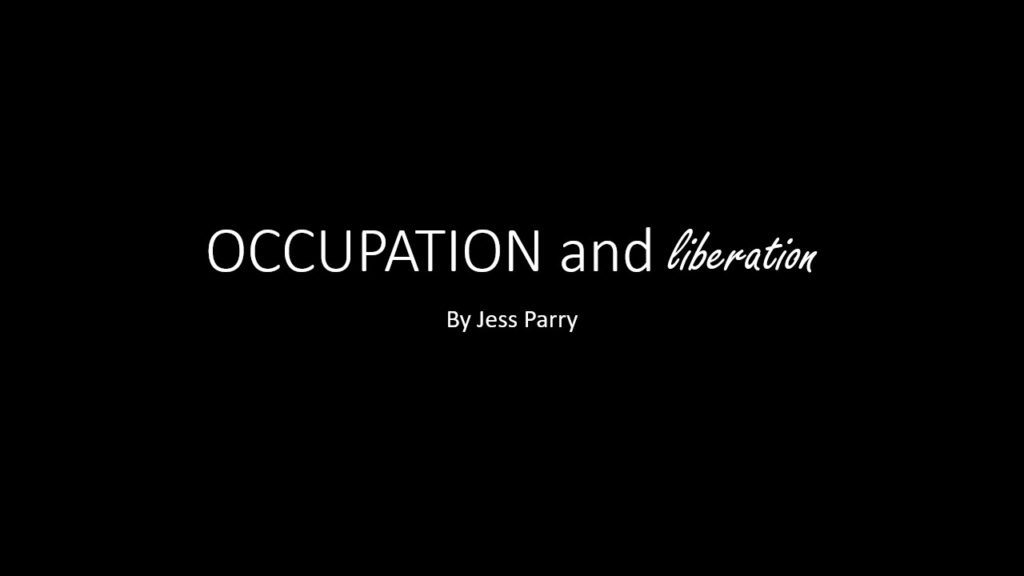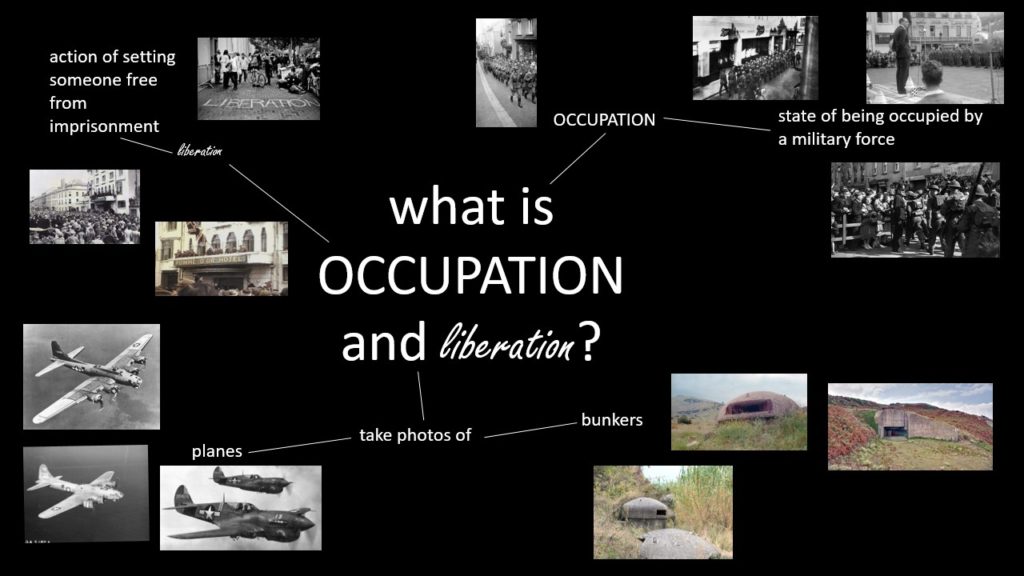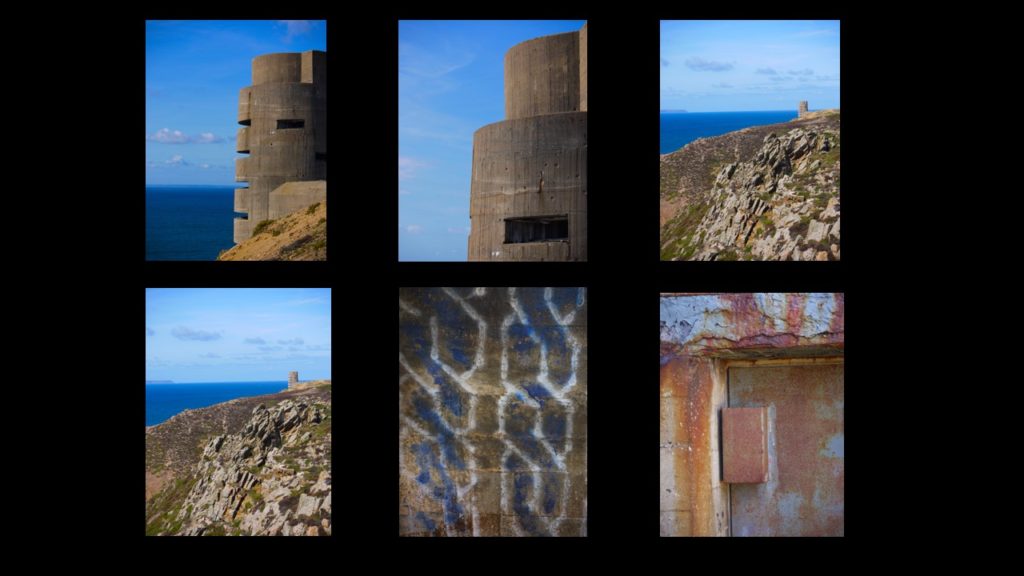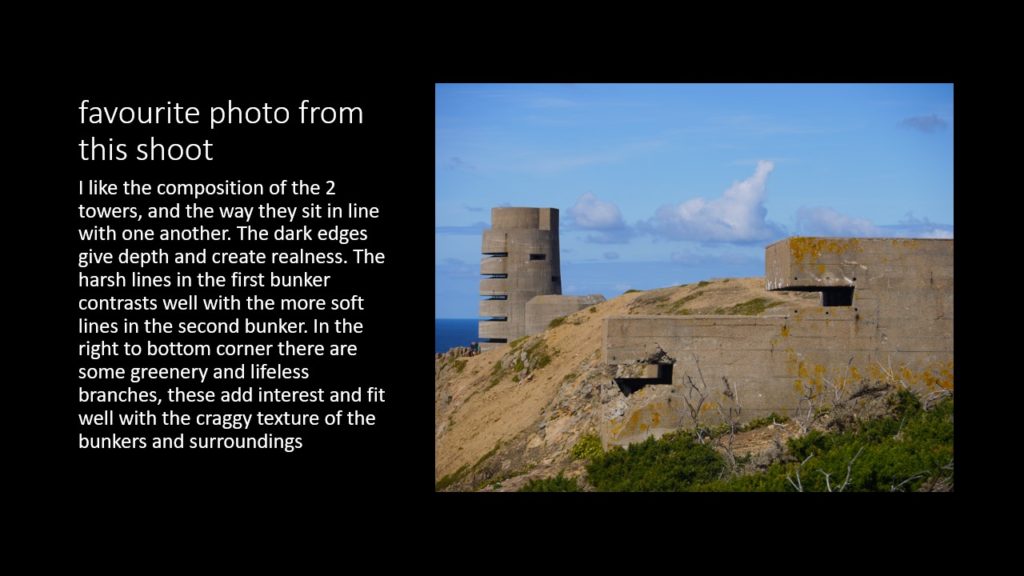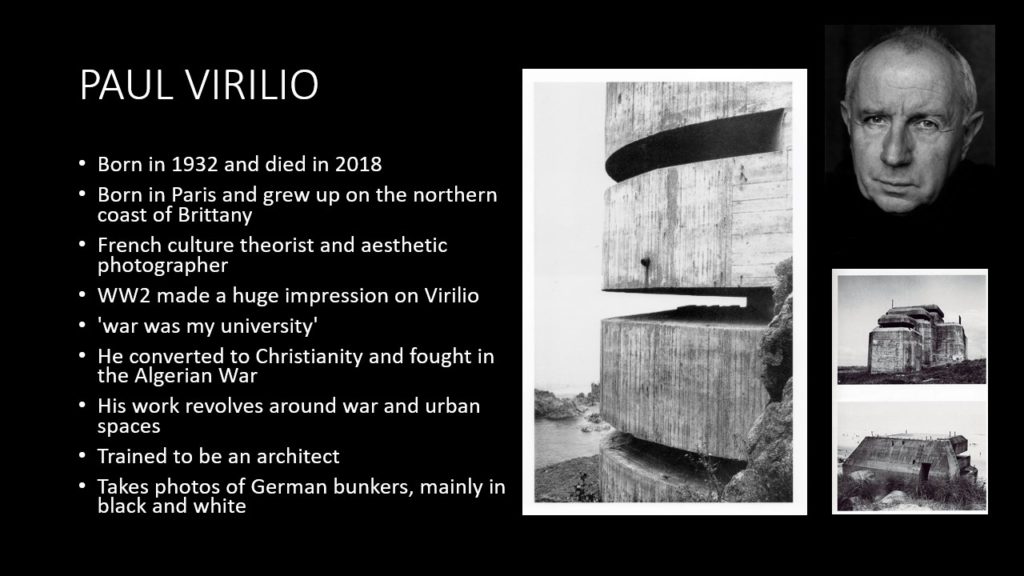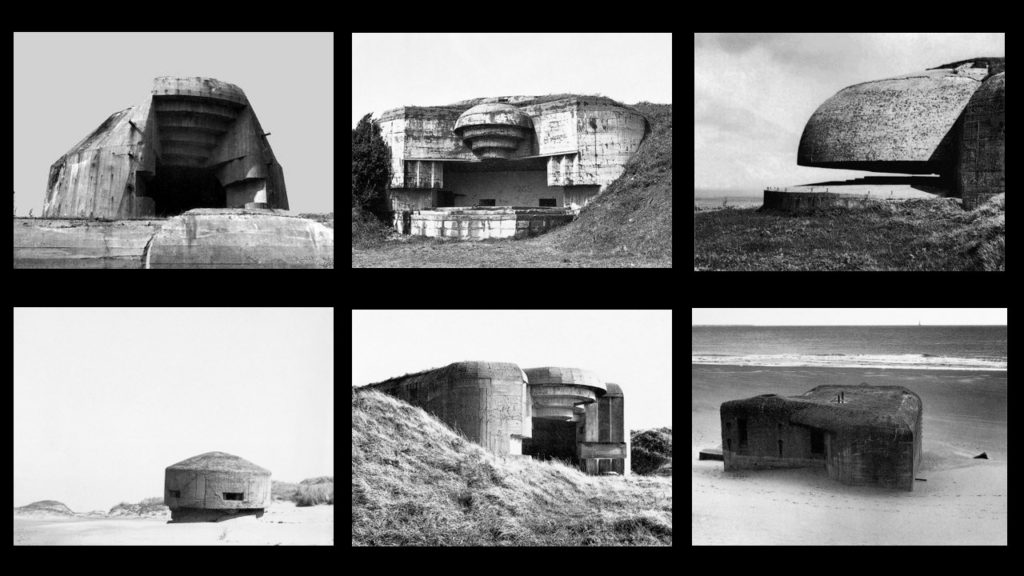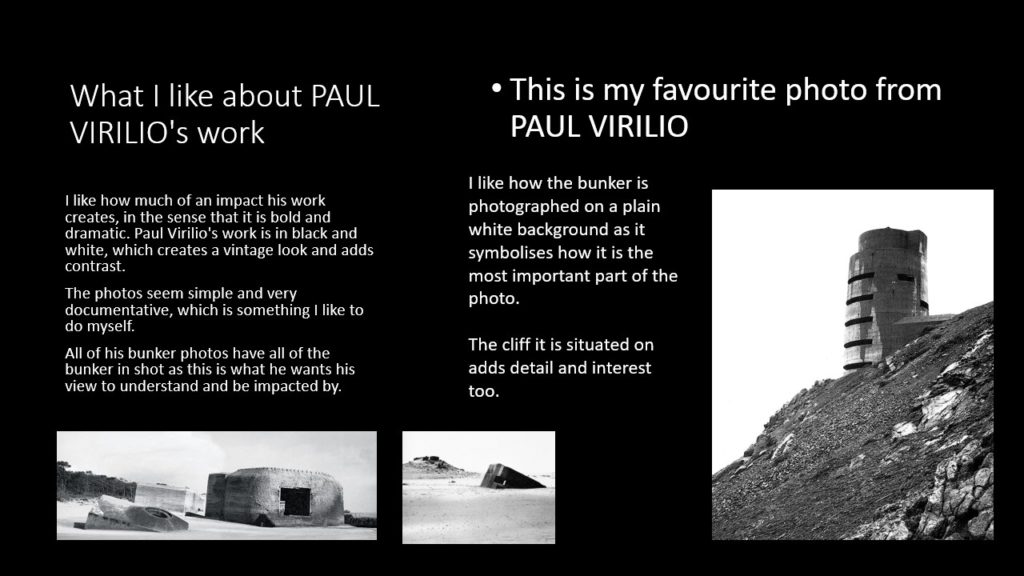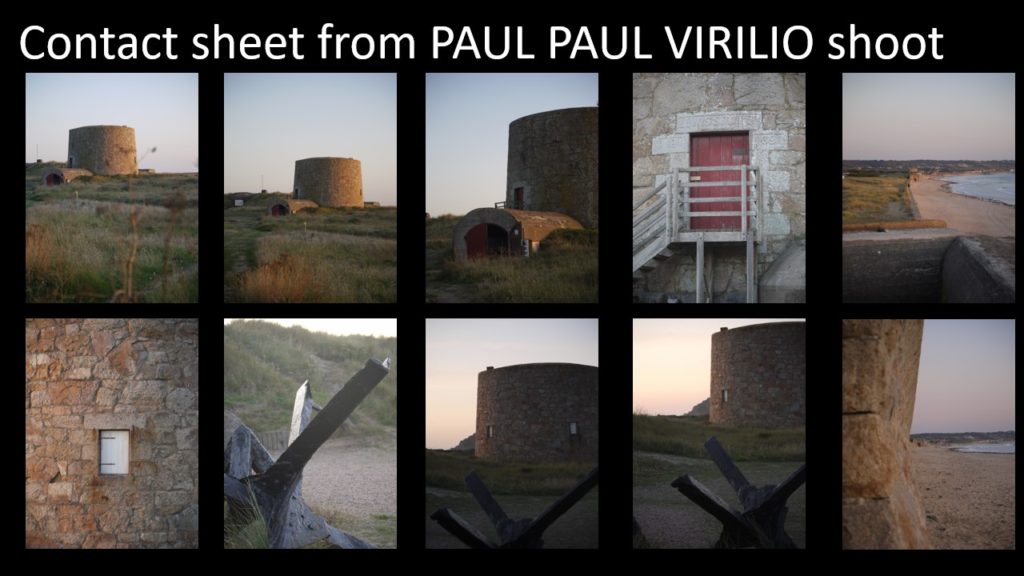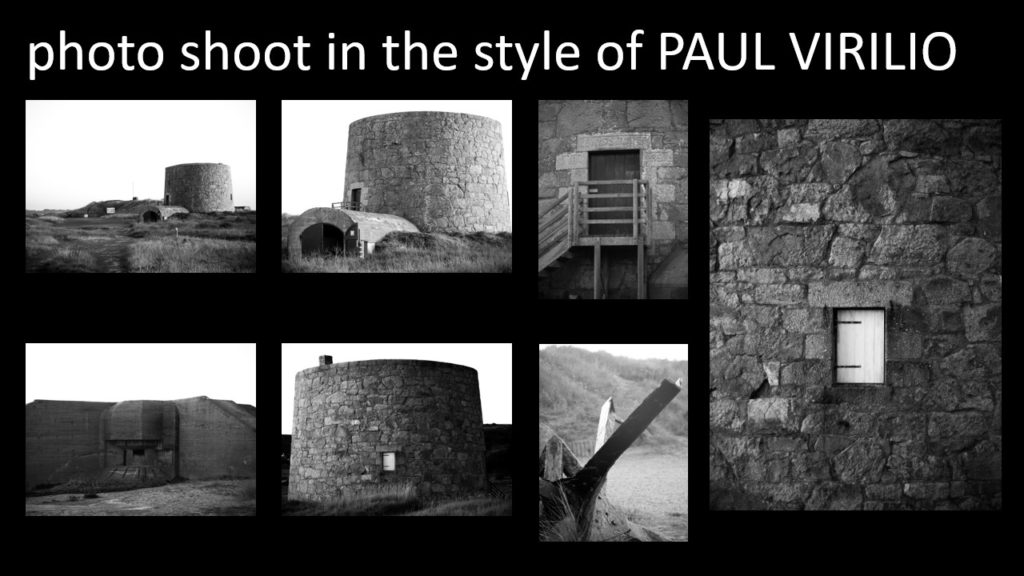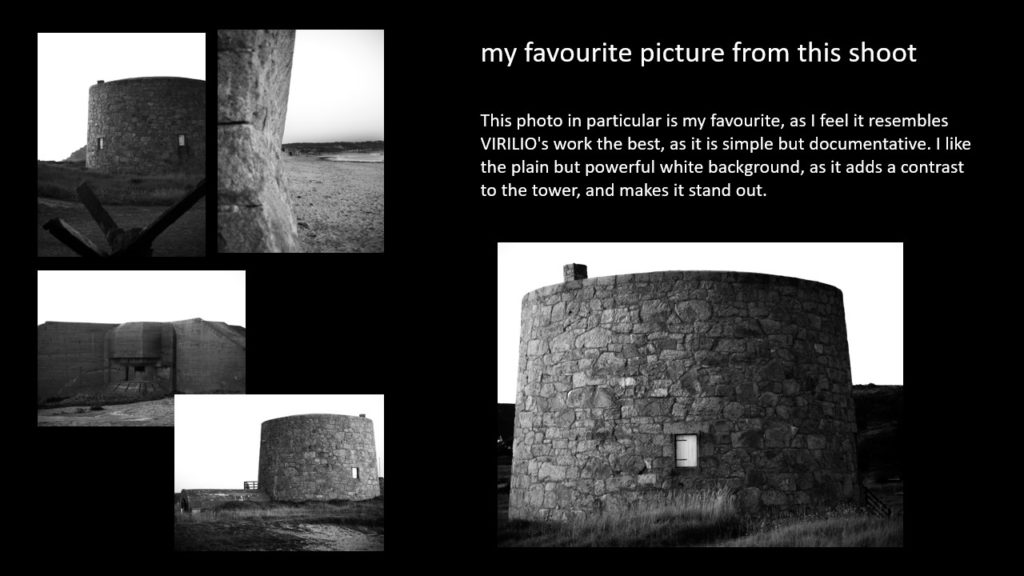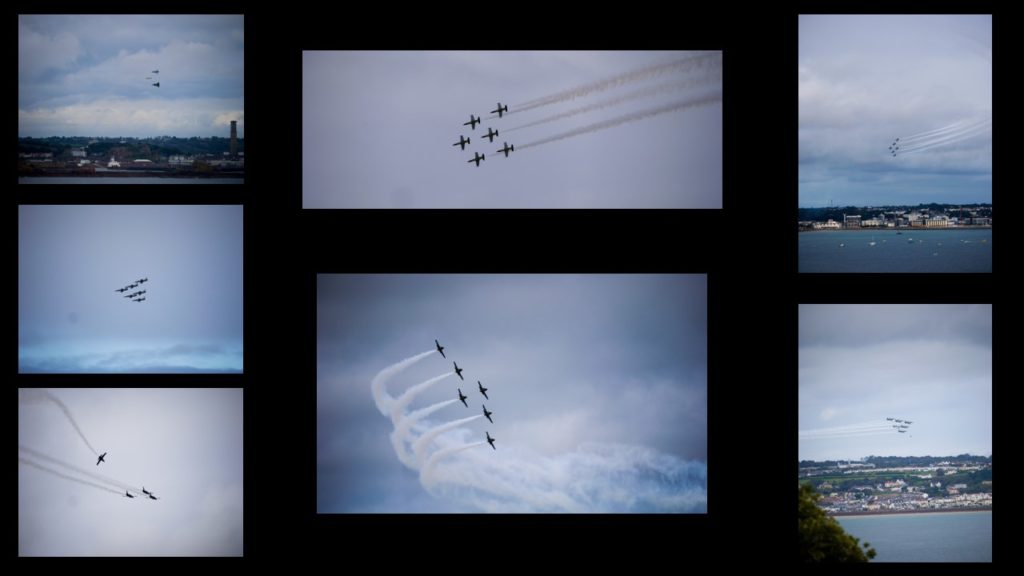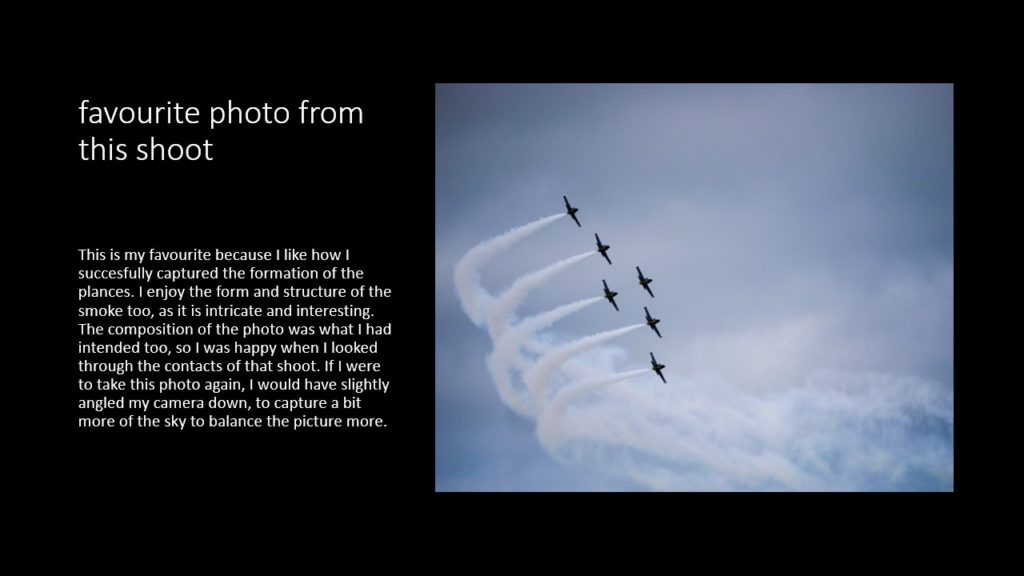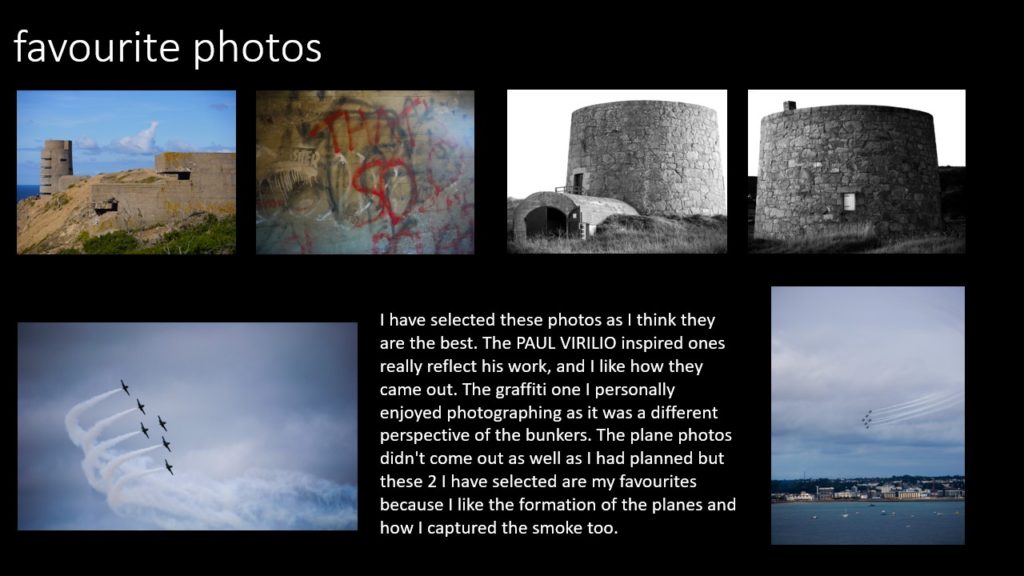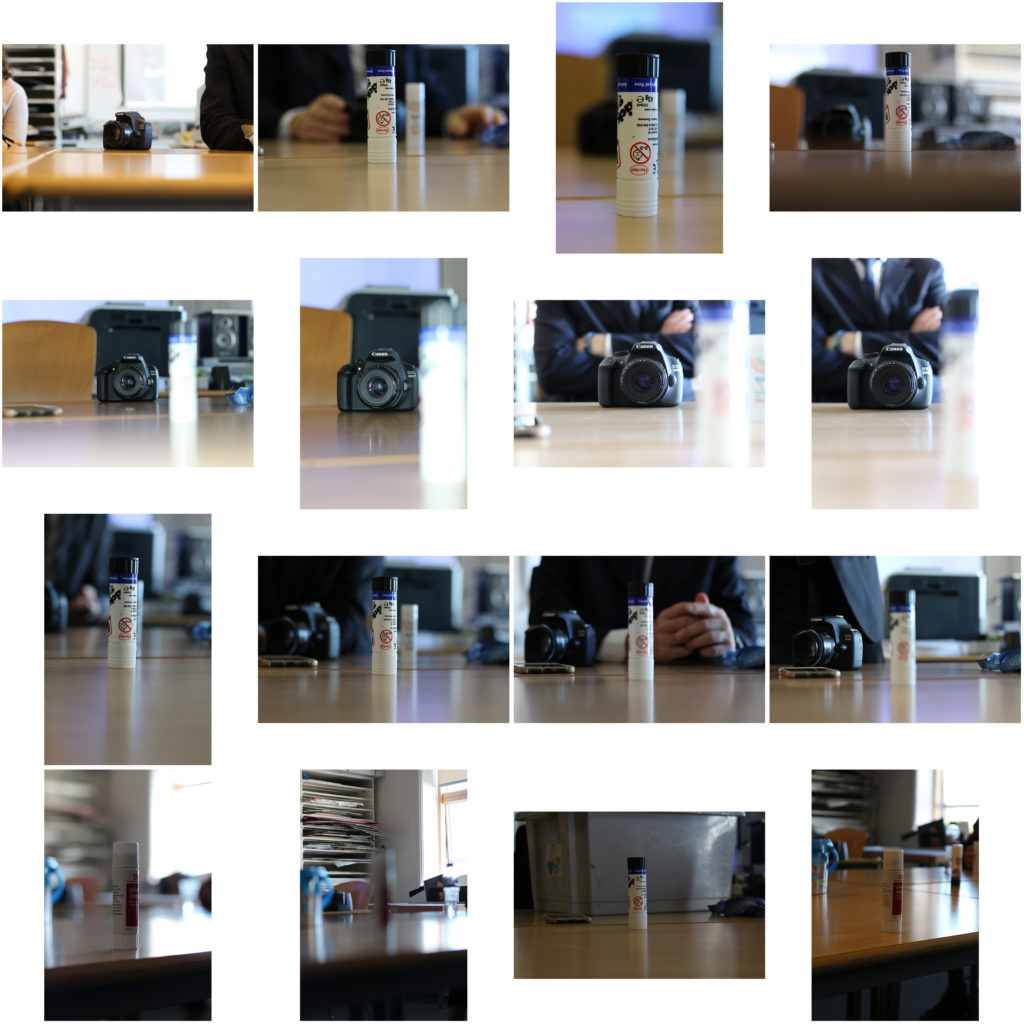
Contact Sheet


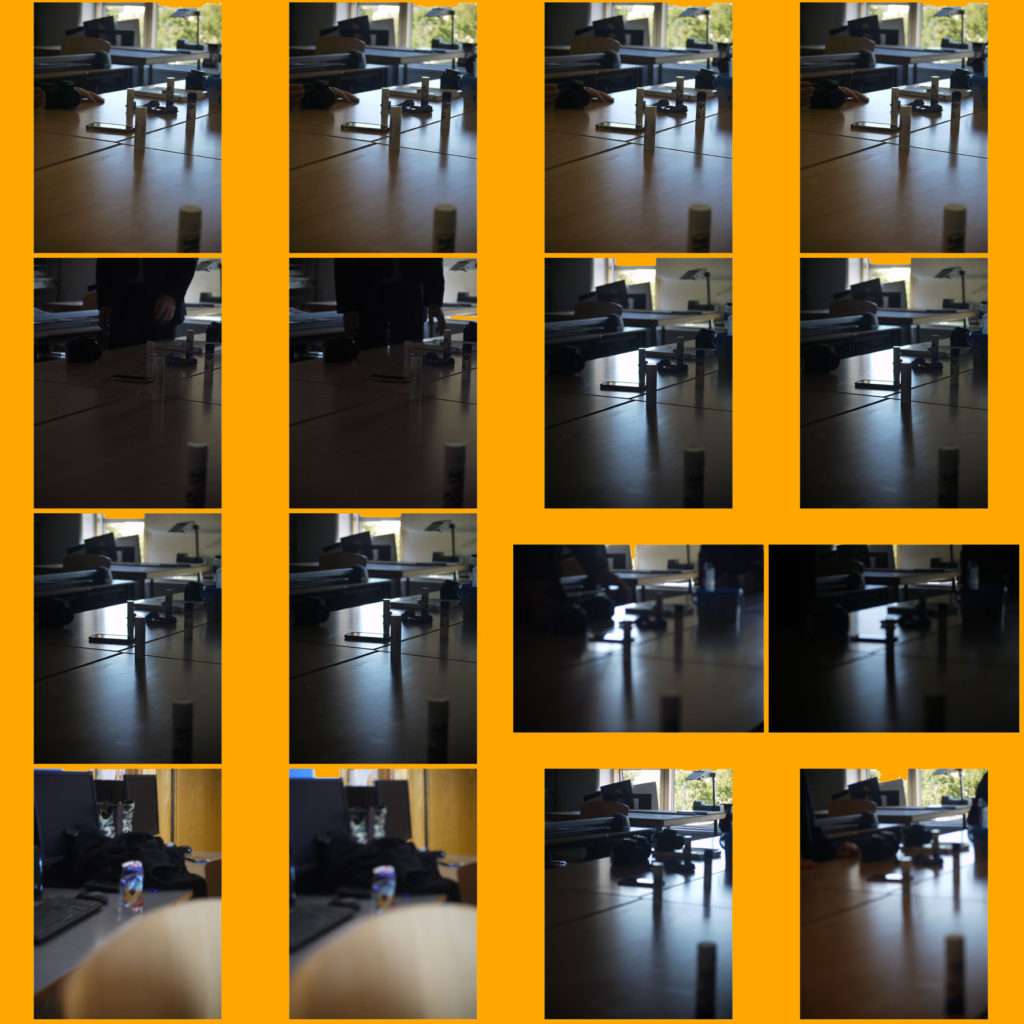
Contact sheet that shows how I experimented with auto settings, flash and manual focus.

Using Manual Focus take 20-30 photos on the theme of ‘Mathematics’. Upload all your photos as a contact sheet. Select your favourite 3 images and post them up as separate / individual images. Finally, write about why you like these ones best.
Aperture and depth of field. This is quite hard to achieve with a standard lens, so please try to take photos with a portrait lens as well as a standard lens.
Photo-montage is the process and the result of making a composite photograph by cutting, gluing, rearranging and overlapping two or more photographs into a new image. Sometimes the final image is then photographed so that it appears as a seamless photographic print. Photo montage today is often done digitally, using editing software such as adobe Photoshop, instead of physically cutting up and arranging images together.
The first example of photo-montage was an image by Oscar Gustave Rejlander in 1857, called “The Two Ways of Life” This technique was quickly adopted by many other artists, including Henry Preach Robinson in 1858 with “Fading Away”

Photo-montage was first used to express political messages, for example in 1915 it was used by the Dadaists for their protests against the First World War. Dadaists were artists named for their participation in the Dada Art Movement, revealing the reaction to horrors of war. It was later adopted by the surrealists, using the possibilities of photo-montage to combine a wide range of images to reflect the ideas of the unconscious mind.


An environmental portrait is a portrait of a person taken in their usual environment, such as in their home or workplace, typically highlighting the person’s life and surroundings.

Arnold Newman was an American photographer, well known for his environmental portraits. In 1963, Newman had been asked by the Newsweek magazine to take a portrait of a German industrialist (Alfred Krupp), to which Newman initially declined, due to the fact he was Jewish and Krupp had been a supplier of machinery and railway systems for the Nazis in WWII. Krupp had later been convicted for crimes against humanity and was sentenced for 12 years imprisonment.
When Newman finally accepted the job, having been given the opportunity to get a sense of personal revenge against the Nazis, he had told others that his aim was to make Krupp look like the devil.
The visual aspects of the image come together to create an eerie and unnatural effect with the overlying green tint adding to this. Newman focused on the tone of the image, using light to highlight the sides of Krupp’s face, leaving dark shadows underneath his hands and the center of his face, this extreme contrast helped Newman to achieve a sinister portrayal of Krupp. Newman’s placement of Krupp allows him to create depth within the image. In the foreground of the image, Krupp has been framed using two concrete pillars on either side of him. He only takes up around half of the image, leaving the upper half to show his environment.
The smart suit and watch and clasping of Krupp’s hands gives the viewer the impression that Krupp is in control and thriving off of what’s surrounding him. The rustic and industrial-looking architecture aids in the inference that Krupp’s line of work is corrupt and disreputable.
The conceptual idea behind this was to depict the pure evil Newman saw in Nazis and the people associated with them. Considering Newman was Jewish, his view on extremist Germans was highly pejorative and this image was used to as a method of retaliation from him.

The lighting is coming from behind, from the overhead lighting and the windows too, this adds light to the background, allowing it to be seen. There is also light coming directly from in front, which illuminates his features and casts eerie shadows across his face.
The colours in the photo are warm tones, as they are mostly browns and oranges. This creates a sinister mood.
The tone is dark, as most of the objects are dark.
The texture of the piece is rough, as the objects are worn and craggy.
As for the composition, the character is placed directly in the center of the photo, this creates a sense of importance and authority. He is placed in front of a window, which allows us, as a viewer, to see into his life and what he does. The window also frames him too, which adds to the importance and authority he has.
Contextually, the man in the photo is called Alfred Krupp. He was a German, who owned factories that made trains, railways and railway systems. The photographer, Arnold Newman, was an American Jew. The idea behind this photograph was to gain revenge and to frame the German for his input in the war, that killed millions of Jews. Years later he was found linked to the death of millions of Jews, and this is why this photograph is so famous. C
What is photo montage?
To combine photos for artistic effect, to show more subject than a single photo can do. You can make a photomontage either by hand, by cutting and sticking, or digitally, on photoshop.
Brief history of photo montage
Photomontage became popular during the Victorian era, but it was then called combination printing. The idea was created by Oscar Rejlander, who was a pioneering photographer. Photomontage was used in WW1 to capture men at war departing to war with their families seeing them off. It was also used to protest war and politics.
Artists I like;


ideasw




